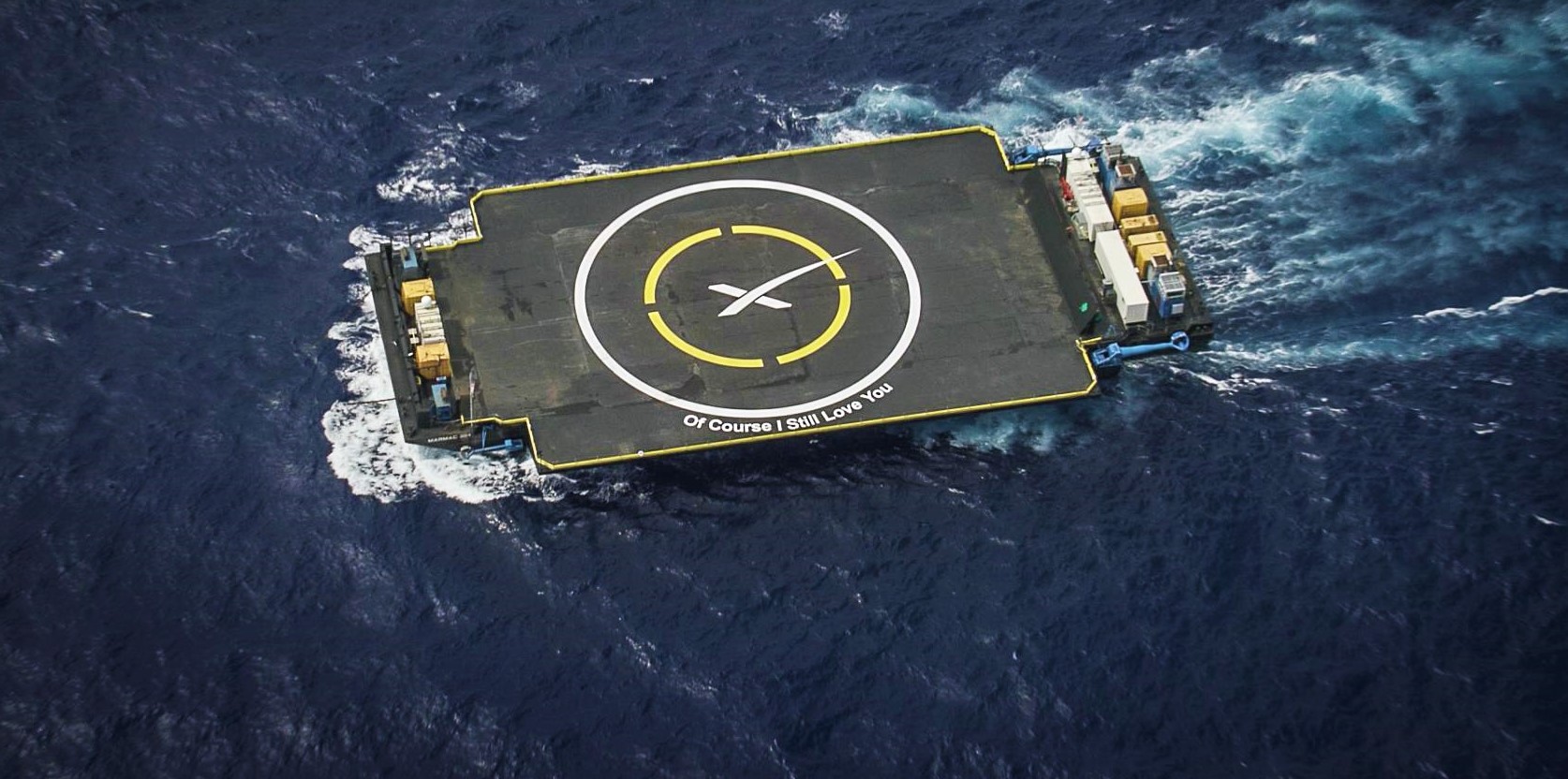

News
SpaceX drone ship dodges high seas en route to first rocket landing of 2020
SpaceX has delayed the first orbital launch of the new year by a handful of days to allow both Falcon 9 and the drone ship it’s scheduled to land on the opportunity to dodge bad weather on the Florida coast and out in the Atlantic Ocean.
Originally scheduled to launch no earlier than December 30th, SpaceX delayed its next mission – Starlink-2 – to January 3rd for unknown reasons. Weather on the new date was unfortunately forecast to be terrible at SpaceX’s LC-40 launch pad and had a 60% chance of scrubbing the mission. SpaceX must have been at least as concerned about conditions for drone ship Of Course I Still Love You (OCISLY) in the Atlantic Ocean, as the company ultimately skipped over a 90%-GO backup window on January 4th for the latest launch target – January 6th.
Historically, only a few Falcon launches have been delayed for booster recovery purposes, but it’s been apparent that – while incredibly sturdy – some of the tacked-on equipment installed on SpaceX’s drone ships (modified barges) can be easily damaged by high seas. Perhaps more importantly, high seas (and thus a pitching drone ship deck) can make booster landings much riskier. Bad luck could easily cause a booster to cut off its landing burn at exactly sea level but still be a dozen or more feet above the drone ship’s deck if it’s coincidentally in the trough of a big swell, potentially destroying or damaging the rocket.
Ultimately, on missions where SpaceX has nothing to lose by delaying the launch, the company now puts a successful booster recovery much higher on its list of priorities. As recently as March 2018, SpaceX intentionally expended a new Falcon 9 booster because ocean conditions would have been extremely risky to OCISLY and crew and the company (or customer) had no interest in delaying the launch further to wait for calmer seas.
By all appearances, that is – for the most part – no longer the case. SpaceX would likely expend a rocket for a few days of schedule for high-priority customers like the USAF and especially NASA, where even a few days of delays could trigger several years of delays to quite literally wait for the planets to realign. It has and will continue to require a significant culture shift in the market for launch but SpaceX is clearly changing those norms and expectations bit by bit, to the point that the company was recently willing to delay Cargo Dragon launches for NASA to ensure that the mission’s Falcon 9 booster the best possible chance of recovery.
For an internal Starlink launch, delaying the mission to prevent drone ship damage and ensure Falcon 9 recovery is thus an absolute no-brainer. Starlink-2 is also partially unique because it will mark the second time a Falcon 9 booster launches for the fourth time, following on the footsteps of B1048 after it became the first booster to launch four times during SpaceX’s November 2019 Starlink-1 mission.
B1048 thus became SpaceX’s lone pathfinder for Falcon 9 booster reusability, hopefully providing excellent insight and some unequivocal physical data to determine the rocket’s health and readiness for a 5th launch. Still, even though the sample sizes available to even the most prolific orbital launch vehicles would make any statistician cringe, it’s safe to say that two data points are better than one, and B1049 – scheduled to launch for the fourth time on Starlink-2 – would thus be quite valuable to SpaceX’s recovery engineers and technicians.
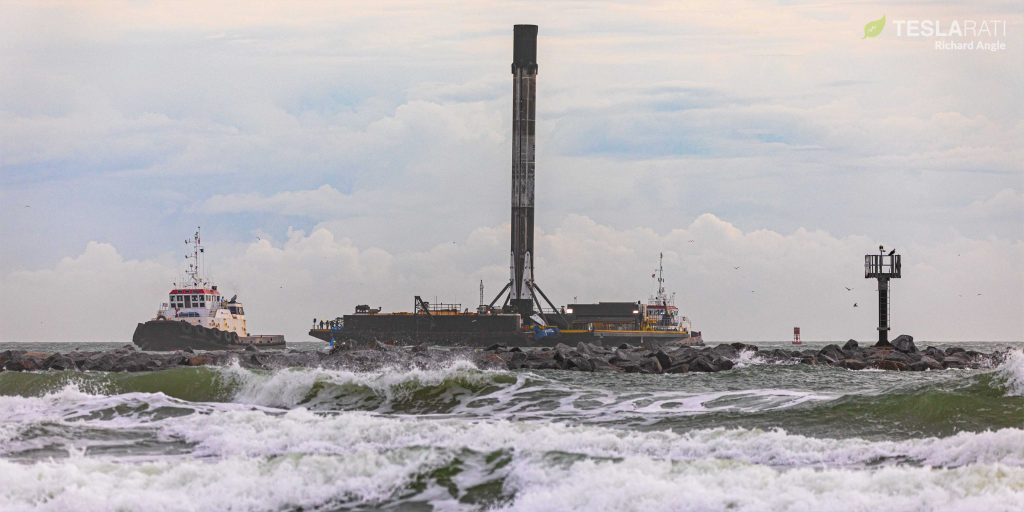
Only one additional Falcon 9 booster – B1056 – has already flown three missions, meaning that SpaceX will – at best – likely have to suffice with three data points (B1048, B1049, B1056) before moving onto the next reusability milestone – launching the same booster five times. Ultimately, every time SpaceX pushes that envelope and demonstrates that Falcon boosters can be definitively reused 3 or 4 or 5 times, the company multiplies the number of launches its fleet of booster can perform by a factor of two.
For, say, the eight flightworthy boosters in SpaceX’s existing fleet, proving that a 4th reuse is possible will ultimately allow the company to squeeze an additional seven launches from existing hardware with almost zero capital investment. For now, the fourth flight of Falcon 9 boosters will remain cutting edge, but with more than three-dozen launches planned in 2020, it’s all but guaranteed that SpaceX will push the envelope of reusability like never before in the coming months.
Check out Teslarati’s Marketplace! We offer Tesla accessories, including for the Tesla Cybertruck and Tesla Model 3.
News
Tesla cleared in Canada EV rebate investigation
Tesla has been cleared in an investigation into the company’s staggering number of EV rebate claims in Canada in January.
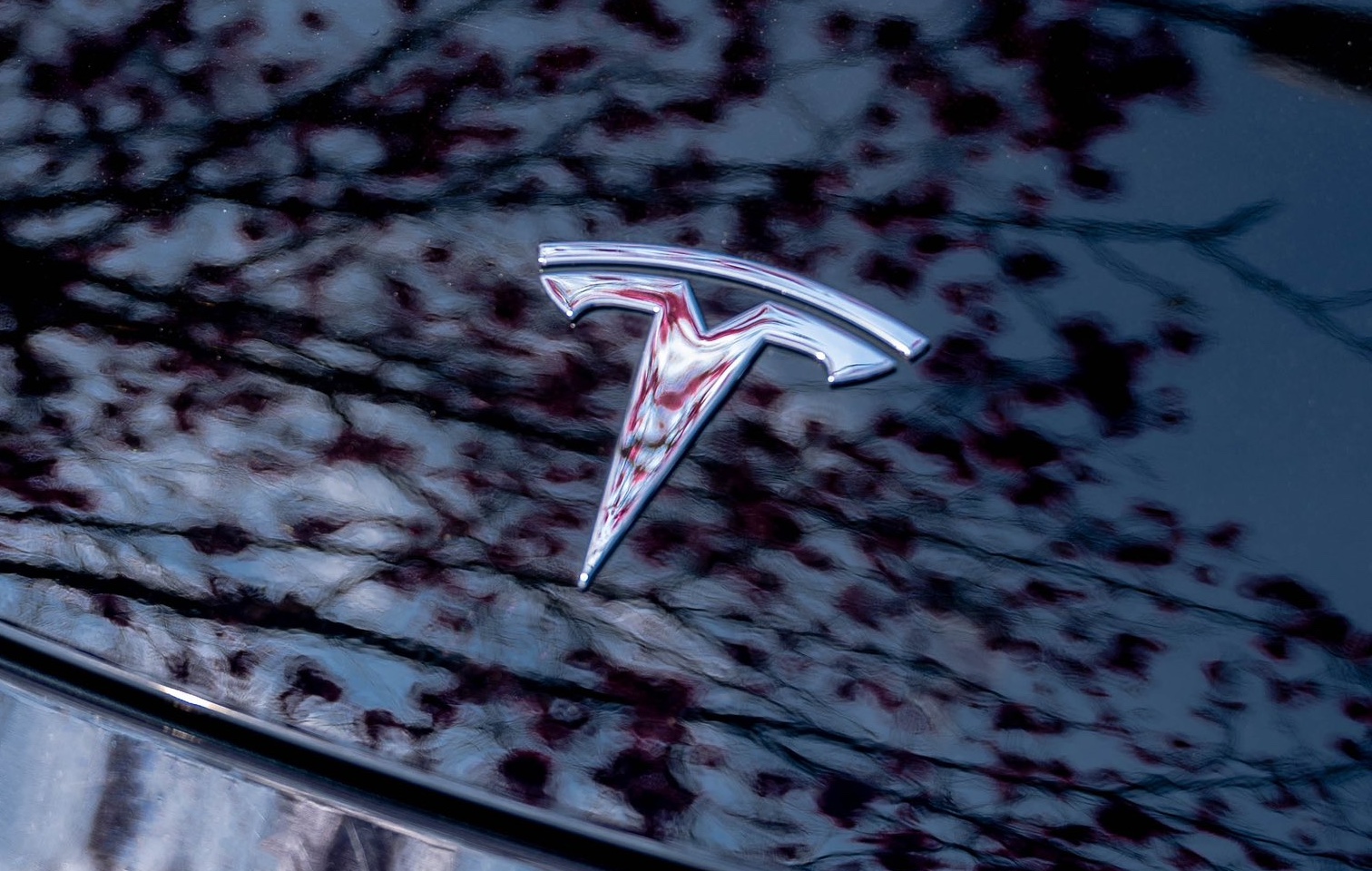
Canadian officials have cleared Tesla following an investigation into a large number of claims submitted to the country’s electric vehicle (EV) rebates earlier this year.
Transport Canada has ruled that there was no evidence of fraud after Tesla submitted 8,653 EV rebate claims for the country’s Incentives for Zero-Emission Vehicles (iZEV) program, as detailed in a report on Friday from The Globe and Mail. Despite the huge number of claims, Canadian authorities have found that the figure represented vehicles that had been delivered prior to the submission deadline for the program.
According to Transport Minister Chrystia Freeland, the claims “were determined to legitimately represent cars sold before January 12,” which was the final day for OEMs to submit these claims before the government suspended the program.
Upon initial reporting of the Tesla claims submitted in January, it was estimated that they were valued at around $43 million. In March, Freeland and Transport Canada opened the investigation into Tesla, noting that they would be freezing the rebate payments until the claims were found to be valid.
READ MORE ON ELECTRIC VEHICLES: EVs getting cleaner more quickly than expected in Europe: study
Huw Williams, Canadian Automobile Dealers Association Public Affairs Director, accepted the results of the investigation, while also questioning how Tesla knew to submit the claims that weekend, just before the program ran out.
“I think there’s a larger question as to how Tesla knew to run those through on that weekend,” Williams said. “It doesn’t appear to me that we have an investigation into any communication between Transport Canada and Tesla, between officials who may have shared information inappropriately.”
Tesla sales have been down in Canada for the first half of this year, amidst turmoil between the country and the Trump administration’s tariffs. Although Elon Musk has since stepped back from his role with the administration, a number of companies and officials in Canada were calling for a boycott of Tesla’s vehicles earlier this year, due in part to his association with Trump.
News
Tesla Semis to get 18 new Megachargers at this PepsiCo plant
PepsiCo is set to add more Tesla Semi Megachargers, this time at a facility in North Carolina.
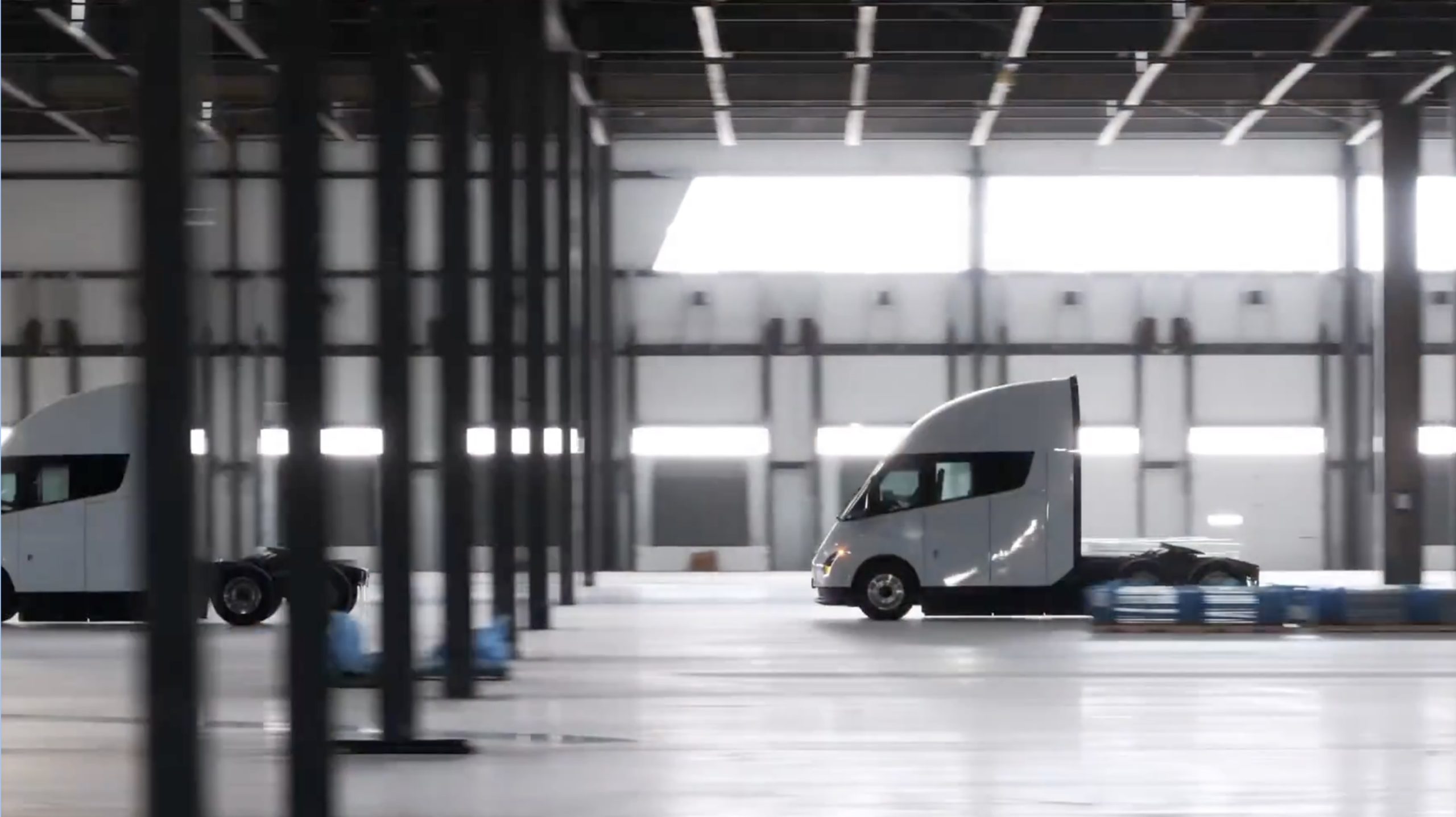
Tesla partner PepsiCo is set to build new Semi charging stations at one of its manufacturing sites, as revealed in new permitting plans shared this week.
On Friday, Tesla charging station scout MarcoRP shared plans on X for 18 Semi Megacharging stalls at PepsiCo’s facility in Charlotte, North Carolina, coming as the latest update plans for the company’s increasingly electrified fleet. The stalls are set to be built side by side, along with three Tesla Megapack grid-scale battery systems.
The plans also note the faster charging speeds for the chargers, which can charge the Class 8 Semi at speeds of up to 1MW. Tesla says that the speed can charge the Semi back to roughly 70 percent in around 30 minutes.
You can see the site plans for the PepsiCo North Carolina Megacharger below.
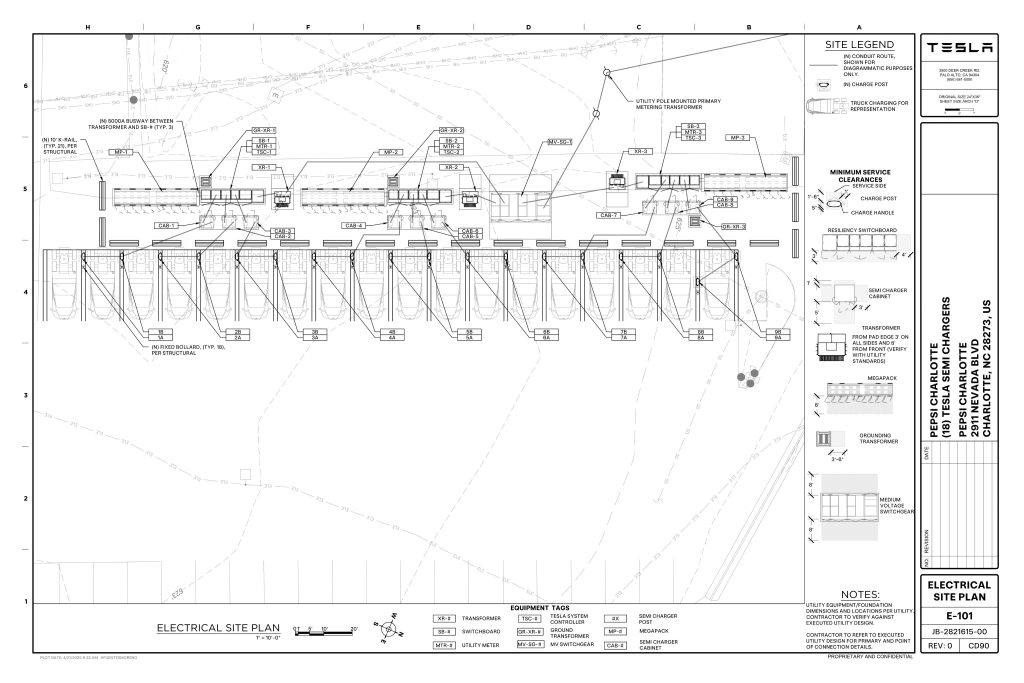
Credit: PepsiCo (via MarcoRPi1 on X)
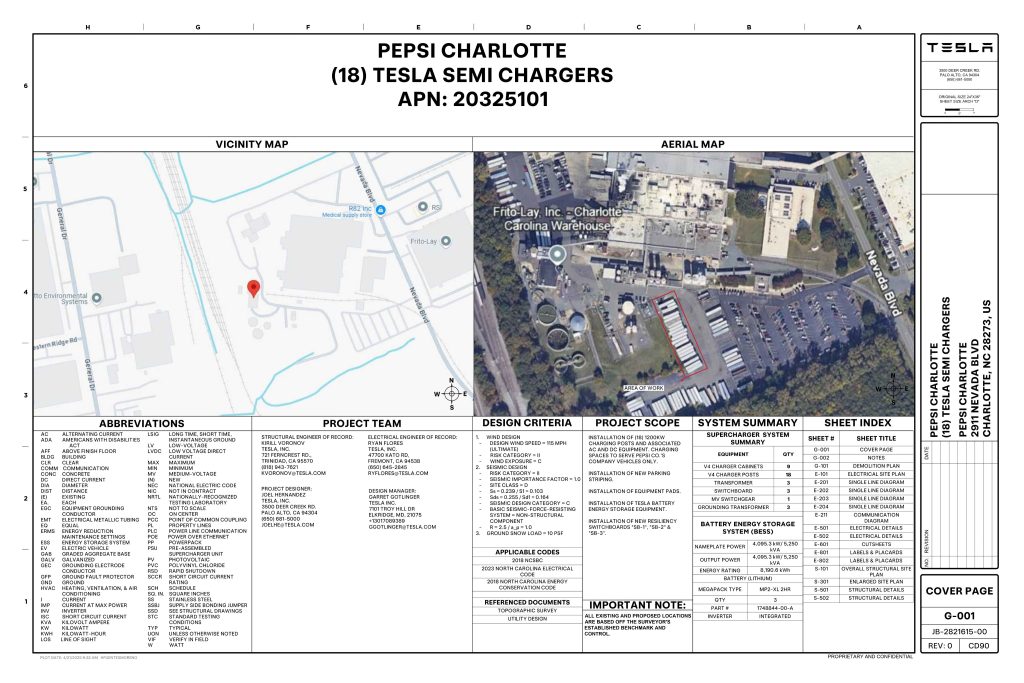
Credit: PepsiCo (via MarcoRPi1 on X)
READ MORE ON THE TESLA SEMI: Tesla to build Semi Megacharger station in Southern California
PepsiCo’s Tesla Semi fleet, other Megachargers, and initial tests and deliveries
PepsiCo was the first external customer to take delivery of Tesla’s Semis back in 2023, starting with just an initial order of 15. Since then, the company has continued to expand the fleet, recently taking delivery of an additional 50 units in California. The PepsiCo fleet was up to around 86 units as of last year, according to statements from Semi Senior Manager Dan Priestley.
Additionally, the company has similar Megachargers at its facilities in Modesto, Sacramento, and Fresno, California, and Tesla also submitted plans for approval to build 12 new Megacharging stalls in Los Angeles County.
Over the past couple of years, Tesla has also been delivering the electric Class 8 units to a number of other companies for pilot programs, and Priestley shared some results from PepsiCo’s initial Semi tests last year. Notably, the executive spoke with a handful of PepsiCo workers who said they really liked the Semi and wouldn’t plan on going back to diesel trucks.
The company is also nearing completion of a higher-volume Semi plant at its Gigafactory in Nevada, which is expected to eventually have an annual production capacity of 50,000 Semi units.
Tesla executive teases plan to further electrify supply chain
News
Tesla sales soar in Norway with new Model Y leading the charge
Tesla recorded a 54% year-over-year jump in new vehicle registrations in June.
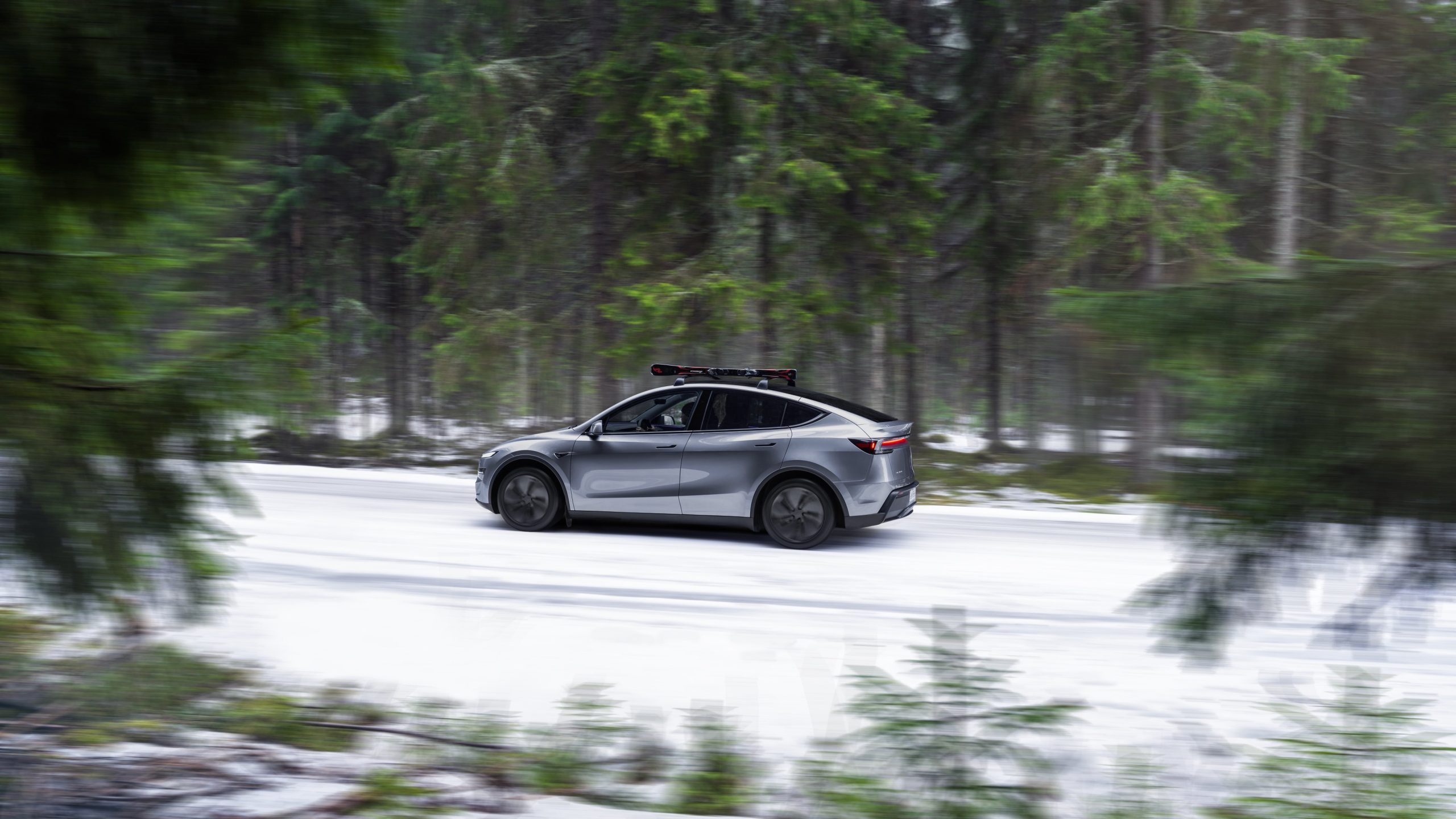
Tesla is seeing strong momentum in Norway, with sales of the new Model Y helping the company maintain dominance in one of the world’s most electric vehicle-friendly markets.
Model Y upgrades and consumer preferences
According to the Norwegian Road Federation (OFV), Tesla recorded a 54% year-over-year jump in new vehicle registrations in June. The Model Y led the charge, posting a 115% increase compared to the same period last year. Tesla Norway’s growth was even more notable in May, with sales surging a whopping 213%, as noted in a CNBC report.
Christina Bu, secretary general of the Norwegian EV Association (NEVA), stated that Tesla’s strong market performance was partly due to the updated Model Y, which is really just a good car, period.
“I think it just has to do with the fact that they deliver a car which has quite a lot of value for money and is what Norwegians need. What Norwegians need, a large luggage space, all wheel drive, and a tow hitch, high ground clearance as well. In addition, quite good digital solutions which people have gotten used to, and also a charging network,” she said.
Tesla in Europe
Tesla’s success in Norway is supported by long-standing government incentives for EV adoption, including exemptions from VAT, road toll discounts, and access to bus lanes. Public and home charging infrastructure is also widely available, making the EV ownership experience in the country very convenient.
Tesla’s performance in Europe is still a mixed bag, with markets like Germany and France still seeing declines in recent months. In areas such as Norway, Spain, and Portugal, however, Tesla’s new car registrations are rising. Spain’s sales rose 61% and Portugal’s sales rose 7% last month. This suggests that regional demand may be stabilizing or rebounding in pockets of Europe.
-

 Elon Musk2 weeks ago
Elon Musk2 weeks agoTesla investors will be shocked by Jim Cramer’s latest assessment
-

 Elon Musk2 days ago
Elon Musk2 days agoxAI launches Grok 4 with new $300/month SuperGrok Heavy subscription
-

 Elon Musk4 days ago
Elon Musk4 days agoElon Musk confirms Grok 4 launch on July 9 with livestream event
-

 News1 week ago
News1 week agoTesla Model 3 ranks as the safest new car in Europe for 2025, per Euro NCAP tests
-

 Elon Musk2 weeks ago
Elon Musk2 weeks agoA Tesla just delivered itself to a customer autonomously, Elon Musk confirms
-

 Elon Musk1 week ago
Elon Musk1 week agoxAI’s Memphis data center receives air permit despite community criticism
-

 News2 weeks ago
News2 weeks agoXiaomi CEO congratulates Tesla on first FSD delivery: “We have to continue learning!”
-

 Investor's Corner2 weeks ago
Investor's Corner2 weeks agoTesla gets $475 price target from Benchmark amid initial Robotaxi rollout

















